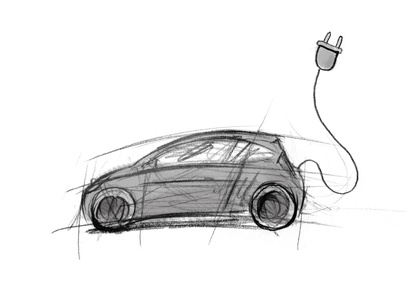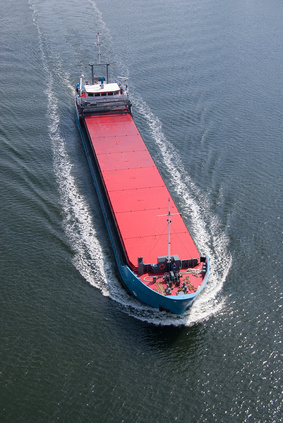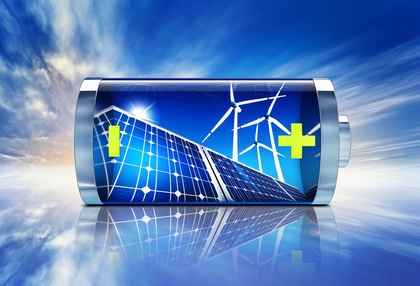Energy to go
Energy without fuel consumption
The TAO-Group has developed a zinc-air battery system which can contribute a solution to the problems of the energy revolution. The base material is zinc. Zinc is environmentally friendly, non-toxic and harmless and available in nearly unlimited quantities.
This energy (zinc-air battery) does not consume any substance, because it uses always the same basic material and therefore does not exploit natural resources.
The TAO Group looks forward to the ongoing process of the so-called "energy revolution" in Germany and in other countries around the world. And in order to promote this process, we have considered the following suggestions:
Problem A: The missing concept for infrastructure for electric mobility
The battery electric car concept of today requires a parking lot and a station for battery recharge for every single car and for several hours of recharging the batteries. The political target of one million of electric cars in Germany in the next years would also require a million of electric charging stations. This can quickly lead to a disastrous "infrastructure infarct".
A fast recharge-concept, which allows to reload the car batteries in a view minutes, is missing – that also uses the existing fuel station infrastructure.
TAO-solution approach:

Electric cars, which are equipped with a new zinc-air battery system, run with a liquid zinc suspension as energy carrier. This suspension can be exchanged at a gas station in less than 5 minutes, so that the car batteries are fully recharged again. The suspension itself is regenerated at the gas station with green energy.
The "infrastructure infarct" is avoided, s. above.
Problem B: The missing concept for ecologically transporting electric energy to consumers
The expansion of the electrical grid is very expensive and only feasible in the long term, since only the necessary process of planning and gaining approval for the infrastructure may afford years, if not take decades.
The transport from north to south over power lines is possible in three ways:
- 1.) Once through above ground AC power lines
(Disadvantage: Long approval process, large consumption of space and countryside). - Or by underground high-power direct current lines
(Disadvantage: high technical effort, but above all, no possibility, to extract energy in between the way from north to south of Germany). - And the third possibility: The so-called "power-to-gas"-technology
(Disadvantage: there are large industrial facilities necessary to manufacture synthetic methane).
Therefore there is a need for a medium-term concept for the transport of electrical energy.
TAO solution proposal:

Use of existing rivers as natural "power lines".
No landscape consumption. No negative environmental impacts. Use of existing infrastructure of rivers and cargo ships. No network investments necessary. No planning effort for the acquisition of land or rights of use.
In particular:
Metals, especially zinc, contain a lot of energy. This energy can be converted into the zinc-air battery by oxidation to electricity and can be regenerated by green wind or solar energy. For example, zinc-air-batteries, located in a cargo ship, could be charged and activated by the energy of wind turbines in the North Sea (off-shore parks) and be transported by ship via the existing channel infrastructure to the destination in the south part of Germany.
For a big city like Hamburg 33 european-size cargo ships would be required per day to cover all energy needs.
Problem C: The missing concept for an electric power storage to bridge the time between production and use of energy
If one calculates the "gap" between energy production and energy consumption than each person would have to store an average amount of 24 kWh of electrical energy per day.
TAO-solution approach:

The per person amount of energy to be stored is about 3 liters of energy-rich zinc. Assume that every person would store this amount of energy in a zinc-air-battery-system at home and furthermore every person would recharge this battery-system with solar energy from the rooftop of their houses – then the problem of the so called energy-revolution” would be solved!
Of course energy-storage does not depend on individual energy management. There are also collective and public means of energy-storage possible.
